 Pop culture derives iconic characters from many sources. The current overarching fears of the time, the multiple layers of media that bring new and old narratives into our collective consciousness, and the day to day churning of business as it seeks to provide value and create demand for new ideas are all ingredients at play.
Pop culture derives iconic characters from many sources. The current overarching fears of the time, the multiple layers of media that bring new and old narratives into our collective consciousness, and the day to day churning of business as it seeks to provide value and create demand for new ideas are all ingredients at play.
All of this is relevant to how a game like Beatdown: Streets of Justice forms a theme, but also none of it really matters when sitting down digesting mechanisms. Like other current games, drawing thematic power from nostalgic concepts is part of the core equation for some game designs. However, it’s how well a title translates the narrative into engaging gameplay which really makes the design worthwhile.
With Beatdown, 1 to 4 players can cooperatively test that theory on the mean streets of “Piston City”. Up and coming boxers, kung fu disciples ala Cobra Kai, and lucha libre aficionados can channel their inner selves into characters kicking minion butt on their way to the “Boss”. It’s a push-your-luck with hand management game that hopes players get their kicks taking down a few baddies before they get beat down themselves.
Gameplay Overview:
Players begin a “fight” in Beatdown by choosing characters from a wacky assortment of ne’er-do-well archetypes. They’re all martial arts focused (boxing, kung fu, wrestling) with a tinge of 1990s video game flair. With each of these characters comes a specific deck of Attack cards. These are collectively shuffled into a deck of more generic Attack cards.
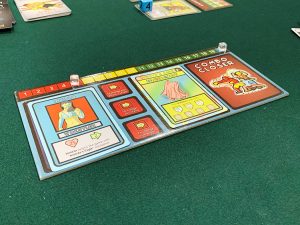
Meanwhile, a final Boss card is also chosen, and minions are placed out for the first wave of the fight. Players then prepare their hands of cards to take turns attacking foes and then subsequently taking damage from the same foes during the Enemy Attack phase. Here, an Enemy Attack card is drawn per Enemy still remaining and the damage listed is resolved. When players finally defeat all enemies in a wave, they’ll set up a new wave, and repeat. Finally, a third wave which includes a boss fight occurs providing the set up for the potential victory.
During each wave, players will be aiming to damage enemies during their turn by forming “combos”. A combo is a series of overlapping Attack cards played one by one. Each time an Attack card is played, the player rolls a 10-sided die. If the player rolls equal to or less than the total combo rating on all their played cards (plus some other modifiers), the combo is successful, and they may continue. However, if the die result is higher, they risk getting hit by the minion with a randomly drawn Enemy Attack card. There is some additional strategy in choosing the right Attack card to play based on the area of the body the player attack leaves exposed. If the player fails their combo roll, they could be struck for extra damage by an enemy in the exposed area.
Each player’s turn works the same. Players can also utilize “Combo Closer” cards to end a combo with a devastating finish. When enemies are defeated, their cards are kept as “trophies” to be spent in between waves to purchase Loot (upgrades). Overall, if the players manage to get through all the waves to the Boss and defeat them, they win.
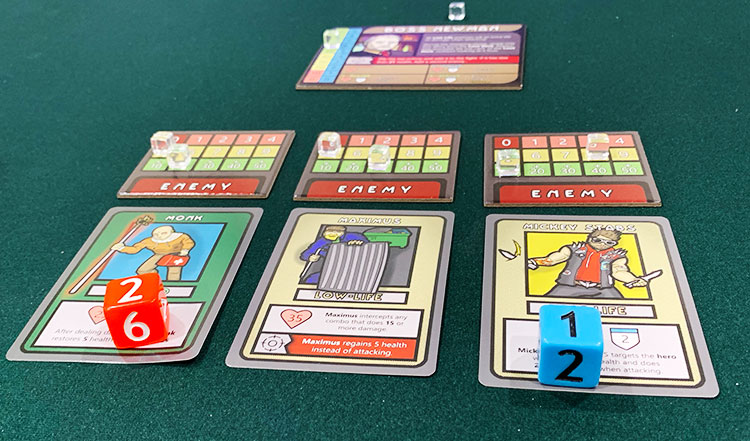
Game Experience:
Upon hearing the concept for the game, this reviewer was certainly excited. There was very little in the gaming landscape that took advantage of this concept and core mechanism. However, when the game arrived, much of that anticipation was deflated due to the appearance and production value of the game. While the quality of the components (dice, box, card quality) was fine, the art is something that is VERY subjectively appealing. For some, it resembles the comics and video games of the 1990s, but for others, it falls flat with a mixed and amateurish style.

The biggest draw from the gameplay is the combo mechanism with the rolling of dice to test each increase in a player’s combo rating. Dealing damage to enemies is exciting and the tension created by this mechanism is interesting, but sometimes it can, again, fall flat with some players looking for more. The core sense of danger from the mechanism works out averaging across multiple rolls, but a few random bad rolls with enemy attacks that devastate a player’s health can disrupt a player’s enjoyment quickly.
Apart from these items, another area of frustration from the outset has been the rulebook. Truth be told, Beatdown is a fairly light game with not very difficult choices. However, the rules felt disorganized and were riddled with typos. Even the online rules app (basically a reprint of the rules on a web site formatted for mobile phones), was incomplete and difficult to navigate. There were no examples in the rules to explain concepts and even the main flow of the game with the interruption of enemy attacks during combos was something initially difficult to grasp.
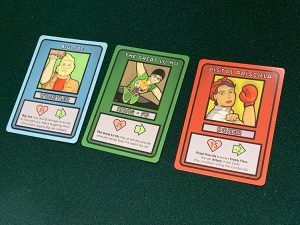
The final straw for this reviewer was a few of the Enemy Attack cards. The criteria for selecting which player gets attacked was often pedestrian, such as the player with the most health, the player with the least health, etc. However, a few cards resolve with something like the last player to put their hand on their head. This resolution by reverting the game to a physical instead of mental test completely rubbed yours truly the wrong way. It just didn’t make sense in terms of game flow expectations.
Final Thoughts:
The overall sum of Beatdown’s foibles is at best an average game with some moments that raise eyebrows of incredulity. It’s not a bad game, but it makes several missteps that knock it down like missed opportunities. Unfortunately, there are other games on the horizon that have picked up this same theme, and honestly, the video-game translation to board game cultural movement is in full swing. These other titles are waiting in the wings and could easily take Beatdown: Streets of Justice out to the alley for a discussion.
Final Score: 2.5 Stars – Beatdown’s own critical misses leave a cool core mechanism with few other supports.
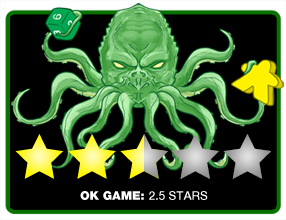 Hits:
Hits:
• Interesting push your luck combo mechanism
• Fun theme
Misses:
• Art is highly subjective
• Rulebook organization and editing
• Wild random enemy attacks can quickly end a player’s game



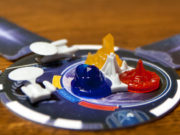
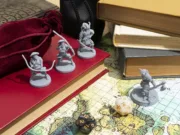

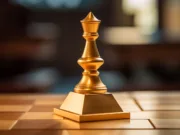


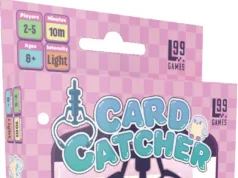

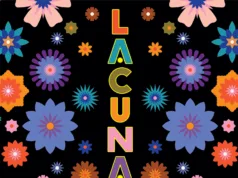










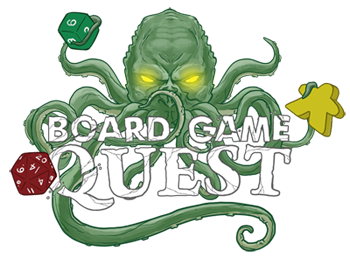
100% agree on the frustration with the rulebook, however, you have it backwards on the combo rolls. You want your roll to be equal or higher than the combo rating.